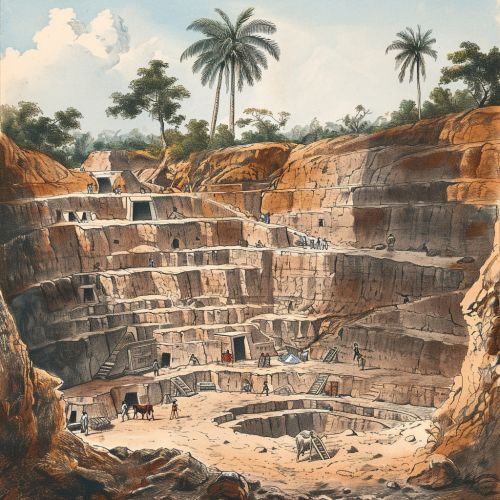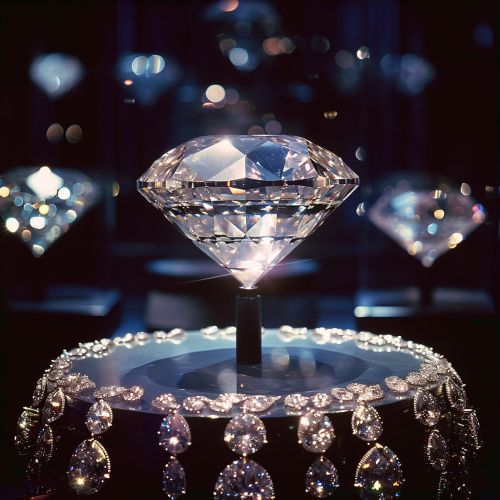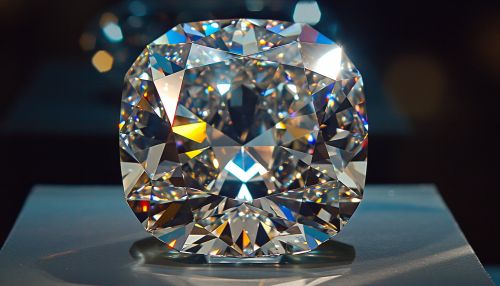Hope Diamond
Discovery and Early History
The Hope Diamond, one of the most famous jewels in the world, has a rich and complex history that dates back centuries. Its origins can be traced back to the Kollur mines in the Guntur district of Andhra Pradesh, India, where it was discovered as a rough diamond of around 112 3/16 carats. The diamond was first purchased by a French merchant traveler named Jean-Baptiste Tavernier in the mid-17th century.


Tavernier sold the diamond to King Louis XIV of France in 1668, who had it cut into a 67 1/8 carat stone known as the "Blue Diamond of the Crown" or the "French Blue". The diamond was then set in gold and suspended on a neck ribbon which the king wore on ceremonial occasions.
Theft and Recutting
During the French Revolution, the diamond was stolen in 1792 when Louis XVI and Marie Antoinette attempted to flee France. The French Blue vanished from history and was considered lost for two decades. It is believed that the diamond was recut during this time, as a blue diamond of similar quality but lesser weight surfaced in London by 1812. This diamond, weighing 45.52 carats, is widely believed to be the recut French Blue, now known as the Hope Diamond.
The Hope Family and Subsequent Owners
The diamond was purchased by a London banking family called the Hopes in 1824, from whom it gets its current name. The Hope Diamond was passed down through the family until it was sold to pay off debts following the death of the last Hope family member to own the diamond.
The diamond changed hands several times over the next few decades, being owned by various individuals including a New York gem merchant named Simon Frankel, Sultan Abdul Hamid II of the Ottoman Empire, and a London dealer named Simon Montharides.
The Hope Diamond and the Smithsonian
In 1949, the Hope Diamond was purchased by New York gem merchant Harry Winston. He donated the diamond to the Smithsonian Institution in Washington, D.C. in 1958, where it remains on display as part of the National Gem Collection.


Characteristics and Properties
The Hope Diamond is classified as a Type IIb diamond, which are semiconductive and usually phosphoresce. The Hope Diamond phosphoresces a strong red color, which will last for several seconds after exposure to short wave ultraviolet light. The diamond's blue coloration is attributed to trace amounts of boron in the stone.
In the pendant surrounding the Hope Diamond are 16 white diamonds, both pear-shapes and cushion cuts. The necklace chain contains 45 white diamonds.
Cultural Significance and Legacy
Over the centuries, the Hope Diamond has become a symbol of wealth, power, and mystery. It has been the subject of numerous myths and legends, including the infamous "curse of the Hope Diamond". This legend suggests that the diamond brings misfortune and tragedy to those who own or wear it, a myth likely fueled by the misfortunes that befell the Hope family and other owners.
Despite its notorious reputation, the Hope Diamond remains a significant piece of history and a highlight of the Smithsonian's gem collection. It continues to attract millions of visitors each year, drawn by its unique properties and fascinating history.
